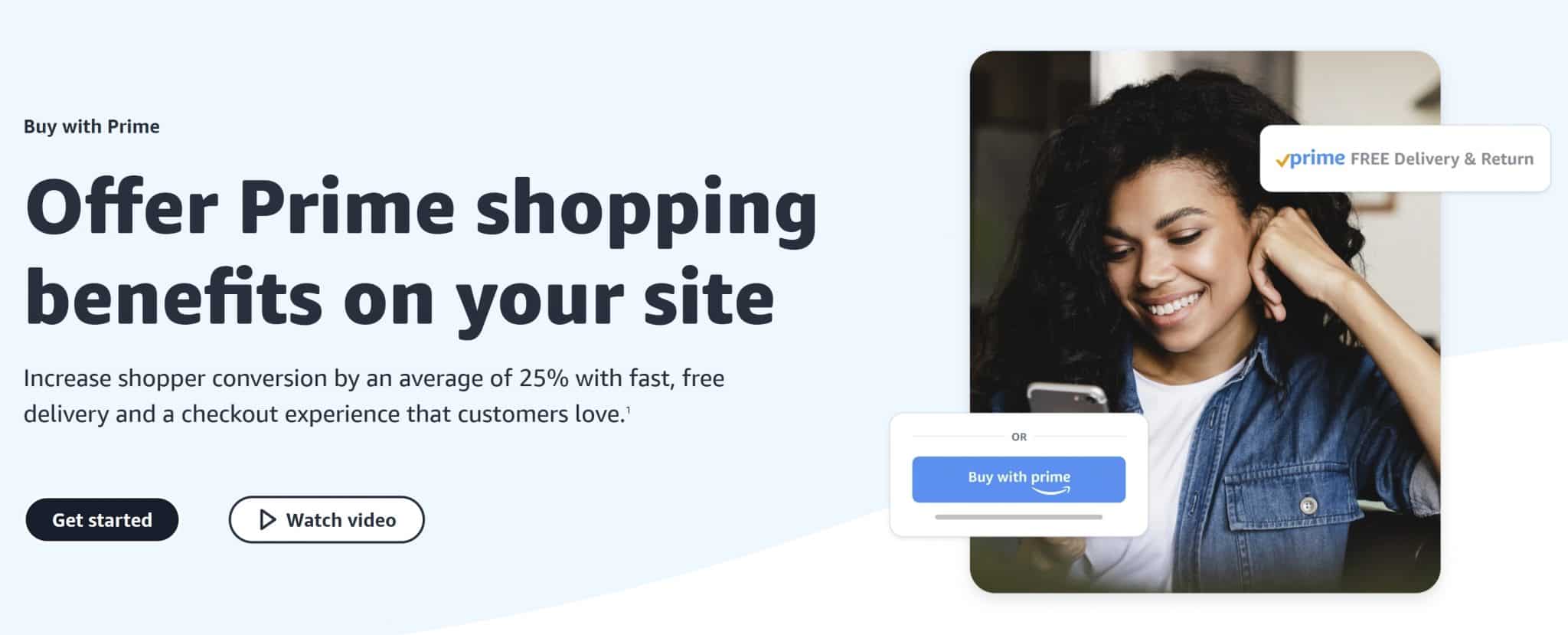Amazon to Send Some Customers to Third-Party Websites – With a Catch
Amazon is experimenting with the unheard of – sending Amazon customers directly to a company's website when the products are not available on Amazon.
There's one big catch though.
Websites Must be Using Buy With Prime
Amazon is currently testing a new shopping experience in beta. This initiative allows customers to see select products in search results even if they are not sold directly by Amazon. Instead, Amazon will provide a direct link to the brand’s website, enabling customers to explore pricing, delivery options, and make purchases directly from that brand.

What's the catch? Well, the company must be using Buy with Prime on its website, Amazon's payment integration for third party websites.
Customer's to Be Warned Before Being Redirected
This feature integrates seamlessly into Amazon search results, appearing alongside the hundreds of millions of products available on Amazon itself. Customers who click on an external product listing will receive a notification before being redirected to the brand’s official website.
According to Rajiv Mehta, Amazon’s VP of Search and Conversational Shopping, this initiative aims to expand selection and provide shoppers with even more choices, further improving the shopping experience. Currently, the beta feature is live for a subset of U.S. customers using the Amazon Shopping app on iOS and Android, with plans to expand based on feedback.
Why is Amazon Sending Customers to Third Party Websites?
While this may appear to be a generous move from Amazon it likely shouldn't be mistaken as a goodwill gesture to help seller's improve their off-Amazon sales.
By integrating Amazon’s fulfillment services into independent ecommerce stores, Amazon ensures that more online transactions—whether on its own marketplace or not—rely on Amazon’s logistics network. This strengthens its hold over ecommerce shipping and fulfillment.
Also, even though transactions occur on third-party websites, Amazon can still collect valuable consumer behavior data, including product demand, pricing strategies, and purchase patterns. This could help Amazon optimize its own marketplace or even identify competitors worth undercutting.
What is Amazon Buy with Prime?
Amazon's Buy with Prime program enables ecommerce merchants to incorporate Amazon's Prime benefits—such as fast, free shipping and streamlined checkout—directly into their own websites. This integration allows Prime members to utilize their Amazon accounts for purchases, potentially enhancing customer trust and conversion rates. Merchants can leverage Amazon's fulfillment services, including storage, delivery, and returns, thereby offloading significant logistical responsibilities. However, these services come with associated fees, which can impact profit margins.
While the program offers clear advantages to consumers, it raises concerns for merchants regarding data control and customer relationships. By routing payments and fulfillment through Amazon, merchants may inadvertently grant Amazon access to valuable customer data and purchasing behaviors. This dynamic has led some to view Buy with Prime as a strategic move by Amazon to extend its influence over the broader ecommerce landscape, potentially positioning itself as an intermediary in transactions that traditionally occurred directly between merchants and consumers.



